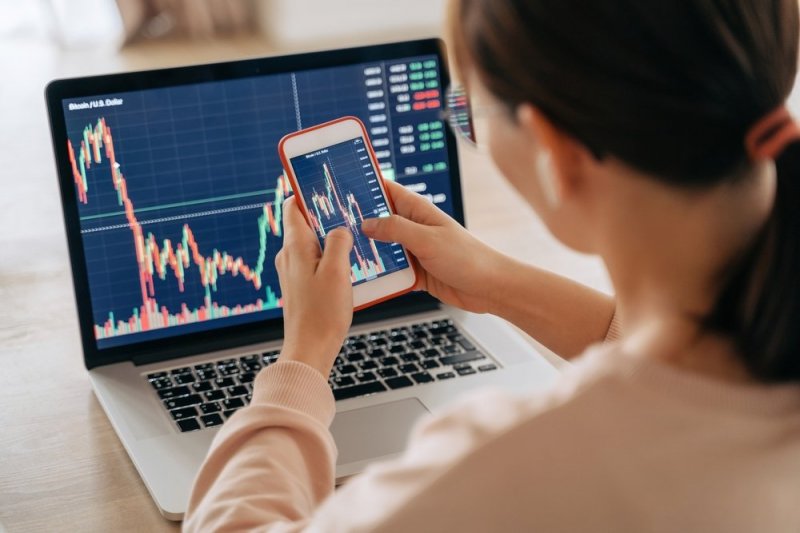Achieving superior results in cryptocurrency trading demands more than intuition or luck; it requires a solid foundation built on data-driven analytics and accurate forecasting. In the highly volatile and rapidly evolving crypto market, relying solely on traditional trading methods or hearsay can lead to missed opportunities and significant losses. Data-driven analytics empowers traders by providing them with deep insights into market behavior, patterns, and emerging trends, enabling more informed and confident decision-making. By leveraging vast amounts of historical and real-time data, traders can analyze price movements, trading volumes, and market sentiment to identify potential entry and exit points with greater precision. Forecasting plays a critical role in this approach, as it helps predict future market movements based on past data and current market conditions. Sophisticated forecasting models utilize machine learning algorithms, statistical methods, and technical indicators to generate probable scenarios for price trends. These predictive insights allow traders to anticipate shifts in market momentum, whether bullish or bearish, thereby enhancing their ability to capitalize on favorable conditions while minimizing risk exposure.

Unlike guesswork, forecasting models provide a systematic way to assess potential outcomes and adjust strategies accordingly. One of the key advantages of data-driven analytics in crypto trading is the ability to process and interpret complex datasets that human traders might find overwhelming. Cryptocurrency markets operate 24/7, producing enormous volumes of data every second. Automated analytics tools can scan this information continuously, extracting meaningful signals from noise, which is crucial in a market prone to sudden spikes or crashes. For instance, tracking whale movements, transaction flows on blockchain networks, or shifts in social media sentiment can reveal hidden market dynamics that are not immediately visible through price charts alone. Moreover, combining multiple data sources enhances the robustness of trading strategies. Sentiment analysis, technical analysis, on-chain metrics, and macroeconomic indicators, when integrated, offer a holistic view of the market landscape. This multidimensional approach enables traders to validate signals from one method with others, increasing confidence in their trades. For example, a positive sentiment trend combined with rising on-chain activity and technical breakout patterns can signal a strong buy opportunity.
Analytics help identify potential downside risks by flagging abnormal market conditions or warning signs before they fully develop. By quantifying risk exposure and simulating various scenarios, traders can set more effective stop-loss levels and optimize their portfolio allocation to balance reward against risk. This proactive stance is essential for surviving the inherent unpredictability of cryptocurrency markets. In addition, data-driven forecasting supports long-term strategic planning. Rather than reacting impulsively to short-term price swings, traders can develop comprehensive plans based on trend forecasts and scenario analysis. This enables better timing for accumulating or liquidating positions, optimizing gains over extended periods. Consistent use of latest crypto news analytics fosters discipline, reduces emotional biases, and ultimately leads to more sustainable trading success. These tools transform raw market data into actionable insights, guide smarter trading decisions, and enhance risk management. Traders who embrace these technologies position themselves to navigate the complexities of the crypto market effectively, unlocking opportunities for higher profitability and more controlled exposure to risk.



